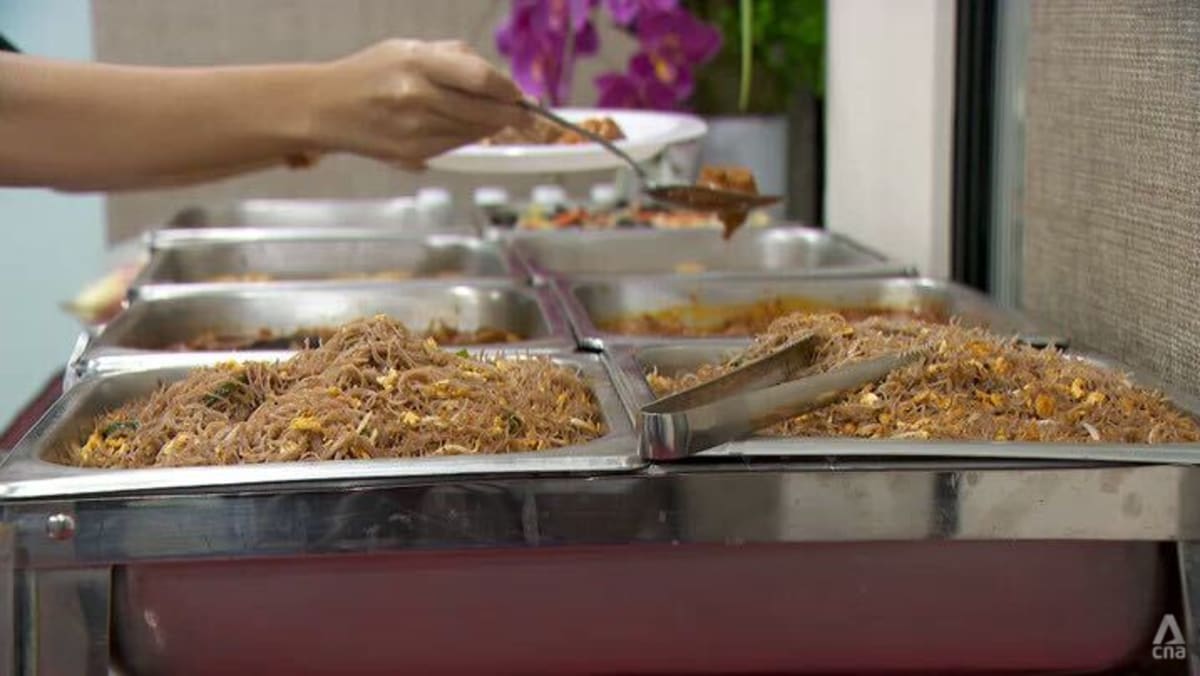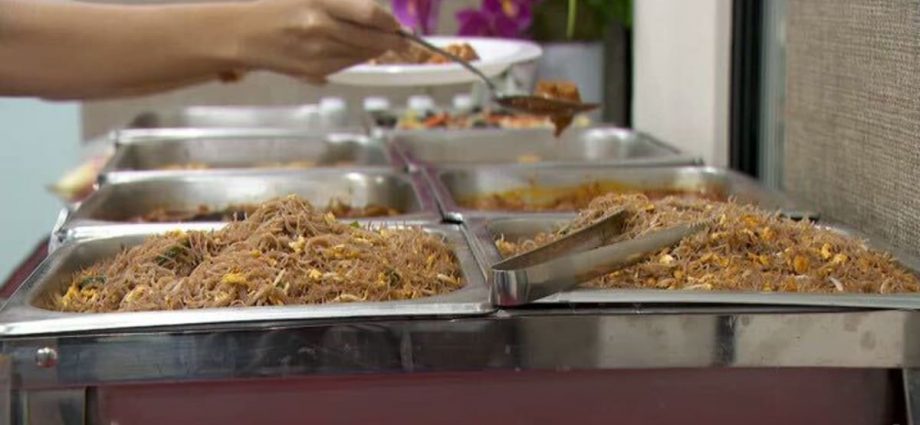
SINGAPORE: To reduce Singaporeans’ sodium intake amid rising hypertension rates, the Health Promotion Board (HPB) is pushing people to switch from regular salt to lower-sodium alternatives.
More than one in three Singaporeans have hypertension, an increase from one in four in 2017, according to the National Population Health Survey in 2020.
This is a major factor for cardiovascular disease and strokes, and the upward trend applies to all subgroups of age, gender and ethnicity, said HPB in a media briefing on Monday (Sep 28).
Singapore residents consume an average of 3,600mg of sodium, or more than one-and-a-half teaspoons of salt, a day. This is almost double that of the World Health Organization’s recommended daily limit of less than 2,000mg of sodium.
And sodium intake is growing as people in Singapore eat out more often, said HPB.
About 75 per cent of Singaporeans’ sodium intake comes from added salt, which refers to salt, sauces or seasoning added to meals. The remaining 25 per cent is “hidden” sodium in processed food. This sets Singapore apart from Western countries where the main contributor of sodium in diets is processed food.
HPB aims to reduce Singapore’s sodium intake by about 15 per cent over the next five years, shaving off a quarter teaspoon of salt per person per day.
The Ministry of Health announced earlier this year at the Committee of Supply debate in March that it would introduce measures to curb sodium consumption.
It said at the time that HPB would work with salt suppliers and the food service sector to encourage the substitution of regular salt used in cooking with lower-sodium alternatives.
HPB has also ramped up efforts under the Healthier Ingredient Development Scheme to spur industry reformulation of lower-sodium salt, sauces and seasonings to further increase the range and variety of healthier choices for Singaporeans.
WHAT ARE LOWER-SODIUM SALT ALTERNATIVES?
Regular salt is made up of 100 per cent sodium chloride, and typically contains 2,000mg of sodium per teaspoon.
Other popular salts like Himalayan pink salt, sea salt or kosher salt are also mostly sodium chloride, with a small concentration of other minerals that may be marketed as good for health. These also contain about 1,900 to 2,000mg of sodium per teaspoon.
In many lower-sodium salts, the sodium is partially substituted with potassium. These contain about 1,500mg of sodium per teaspoon or less, about 30 per cent less sodium than regular salt.
Another common salt Singaporeans may be familiar with is MSG, or monosodium glutamate, which is often used as a flavour additive. MSG contains 12 per cent sodium, which is less than regular salt.
The public perceives MSG to be unhealthy, “but nutritionally it is the same as other naturally occurring sources of MSG”, HPB said.
MSG can be found in foods like tomatoes, cheese or kombu, which is a type of Japanese kelp used for soups.

